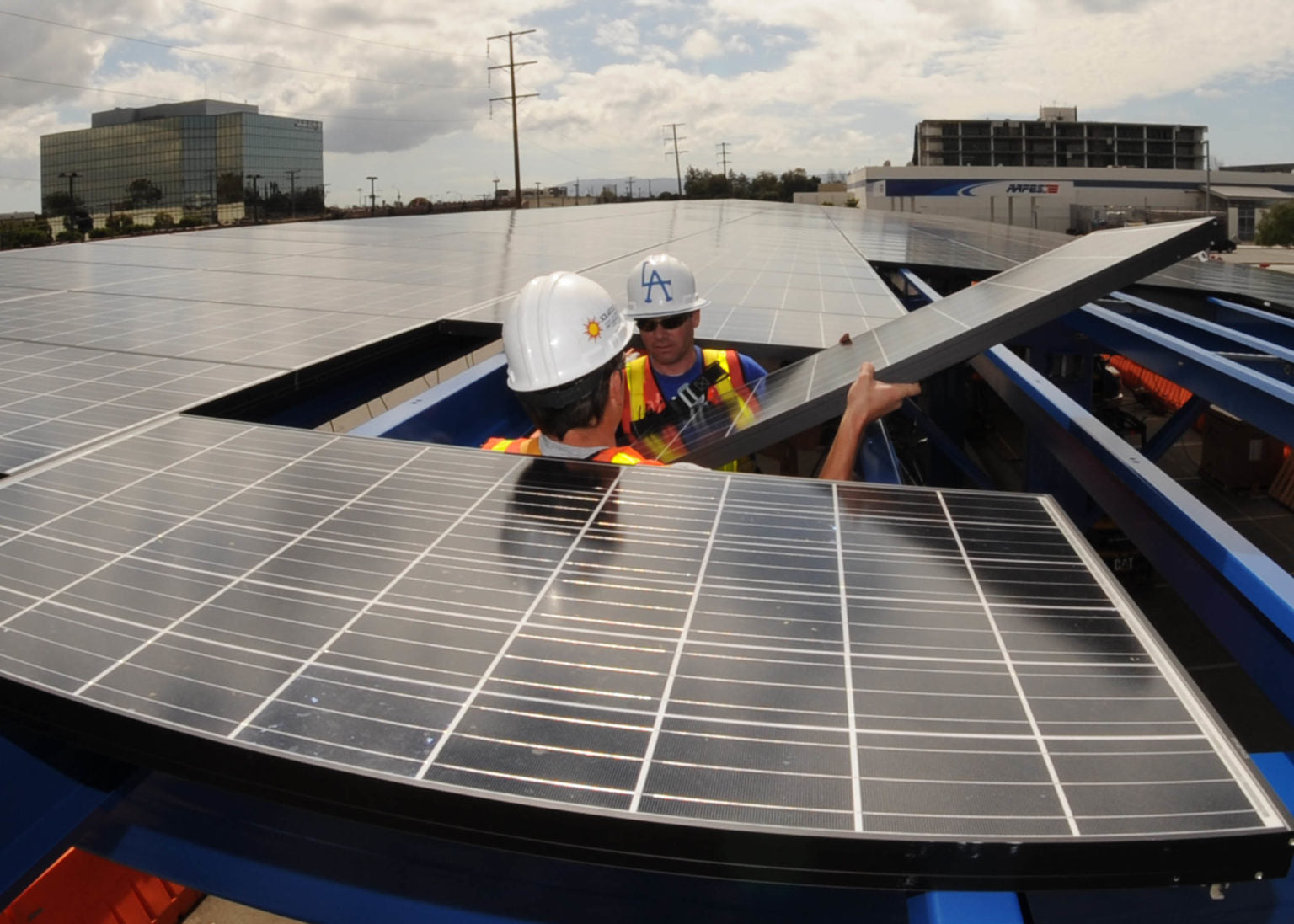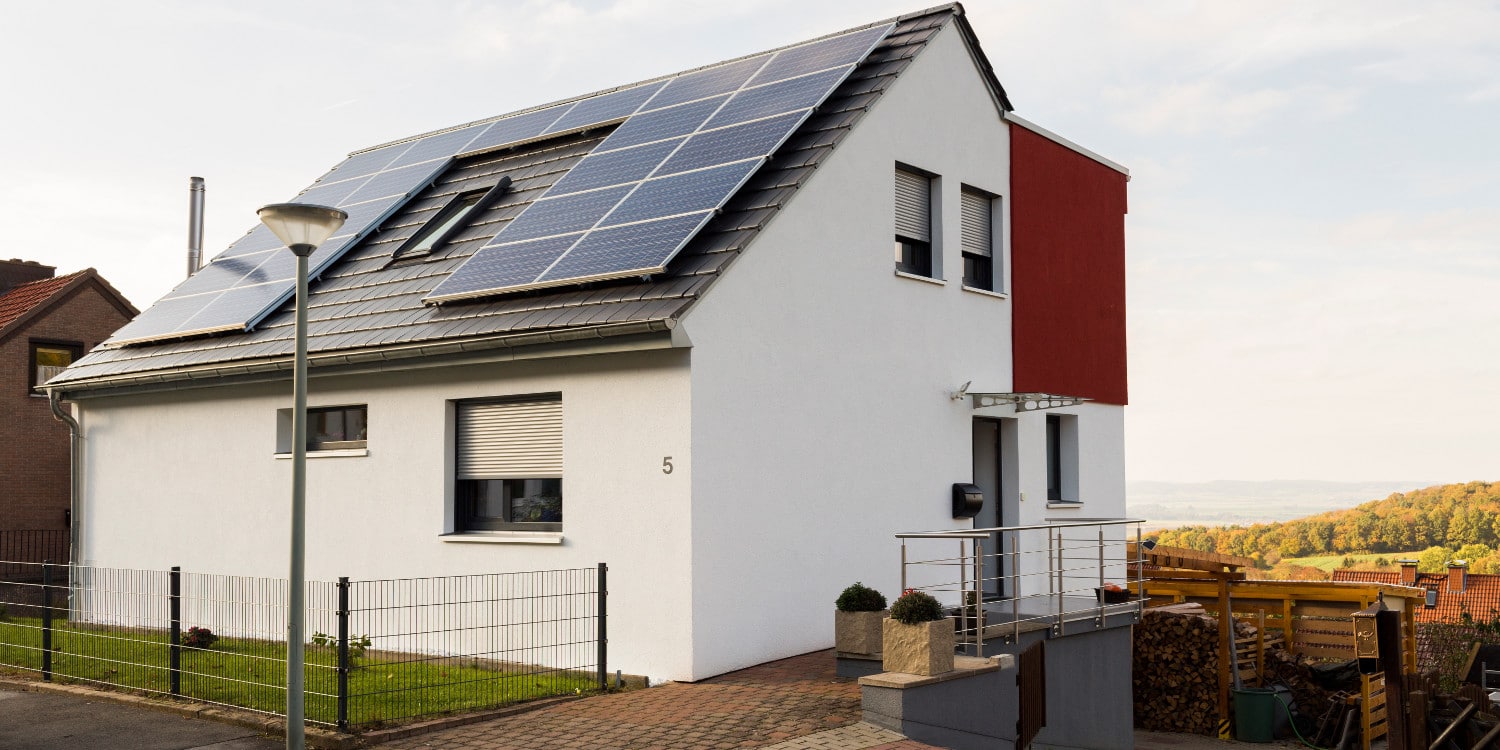https://pv-magazine-usa.com/2022/03/16/upgrading-transmission-lines-could-enable-27gw-more-renewable-power-per-year/
Upgrading transmission lines could enable 27GW more renewable power per year

Image: Cianbro
Replacing 5,000 miles of transmission wires each year with “advanced conductors” would make room for 27GW more renewable generation per year, says a report from Grid Strategies, published by the renewables trade group ACORE.
That projection is based on the increased capacity of advanced conductors, which “can have a maximum current-carrying capacity of up to two times that of conventional conductors,” says a Department of Energy report describing five types of advanced overhead conductors.
The increased capacity is partly due to an increase in the amount of aluminum in the wire, with one type of advanced conductor having about 28% more aluminum in the same diameter of wire as conventional conductors, says ACORE’s report. Aluminum is used for transmission because it is a good conductor of electricity that is much lighter than copper.
Advanced conductors also have a high-strength core with low thermal expansion. So if a parallel line fails, says a Department of Energy post, a line using an advanced conductor “can handle the extra current flow. When operated at higher temperatures (representing higher current flow), a normal conductor would tend to thermally expand and sag beyond safe limits—potentially grounding out to adjacent lines or structures—causing catastrophic outage. The advanced conductor’s reduced coefficient of thermal expansion prevents thermally induced line sag and would prevent that type of occurrence.”
Advanced conductors cost more than conventional conductors. Still, at least “one major utility is in the process of making advanced conductors their default, because they realize the value proposition,” said Jay Caspary with Grid Strategies, a co-author of the ACORE report, in a webinar. The US needs to “take full advantage” of existing transmission structures and rights of way by upgrading conventional transmission lines to higher-capacity advanced conductors, he said.
Worldwide, one type of advanced conductor has been used in more than 750 projects, while another type has been used in more than 140 countries, said the DOE report.
The ACORE report derived the projection that advanced conductors could make room for 27 GW of renewables per year through a three-step calculation. Starting with one utility’s stated need to replace 30% of its transmission lines over the next ten years, due to their age, the 30% figure is extrapolated to the US grid, yielding an estimate that 200,000 miles of transmission lines nationwide will need to be replaced over the next ten years. Assuming that 25% will be replaced with advanced conductors yields 5,000 miles of replacements per year. Representing that amount as 100 50-mile replacements per year, each “capable of providing an additional 200MW of capacity,” yields 20GW of additional renewable capacity on an AC basis. That is converted to 27GW on a DC basis, “assuming a 40% overbuild of wind capacity and a 30% overbuild of solar capacity.”
The Federal Energy Regulatory Commission (FERC) has launched a reform process to “build the transmission system of the future.” Advanced conductors are within the scope of this proceeding, said Barbara Tyran of ACORE, during the webinar.
The ACORE report made policy recommendations regarding advanced conductors for FERC, the Department of Energy, transmission planners and owners, and state regulators. Those recommendations address several barriers to adoption of advanced conductors, in terms of technical barriers, regulatory incentives and business practices.
Other types of advanced transmission technologies that can deliver more solar and wind to the grid include advanced power flow control, topology optimization and dynamic line ratings.
This content is protected by copyright and may not be reused. If you want to cooperate with us and would like to reuse some of our content, please contact: editors@pv-magazine.com.



